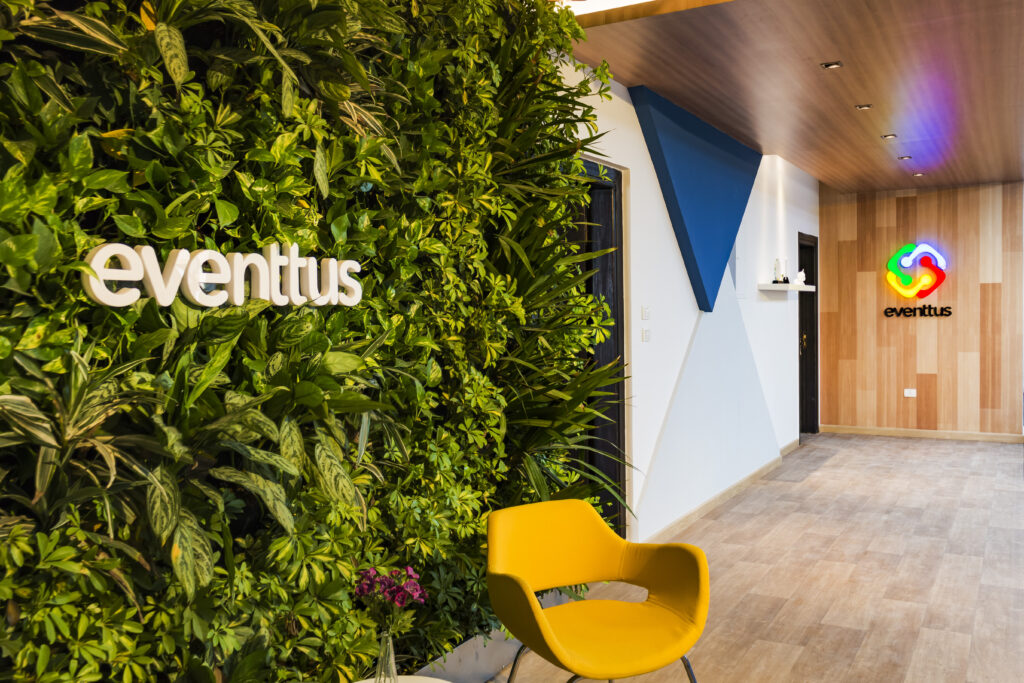
From Burned Out to Balanced: Designing Workplaces for Well-Being and Productivity
Feeling stressed, overwhelmed, and burned out seems to have become an all-too-common...

Plants, often seen as mere aesthetic additions to office spaces, hold the power to transform your workplace in ways you might not have imagined
Here are 3 considerations when using plants in workplaces
In essence, incorporating plants in the workplace can be a cost-effective intervention to enhance employee experience and improve well-being. However, it is crucial to be mindful of placement, type of plants, and the number of plants needed to achieve the desired results.


